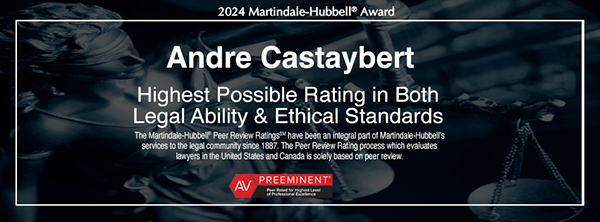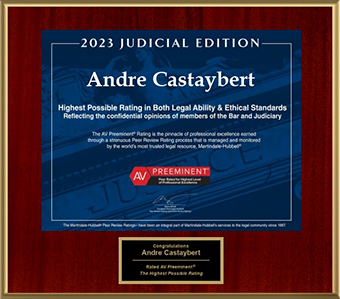How Do You Prove Secondary Meaning?
Category: Intellectual Property Law
To show that something has acquired secondary meaning, the following evidence may be relevant:
- Age and history of the mark.
- Amount of effort and expenditure used to promote the mark as a name or symbol distinctive of the plaintiff’s goods or services.
- Conscious attempts by competitors to imitate the mark. Courts are divided over the evidentiary significance of conscious copying. Some circuits hold that evidence of conscious copying of a mark raises a presumption of secondary meaning, while other circuits hold that it is merely evidence of secondary meaning.
- Actual confusion.
- Consumer surveys.
- Registration. Because registered trademarks are presumed to be distinctive, owners of registered marks need not plead or prove secondary meaning, and may instead rely on a presumption of secondary meaning.








